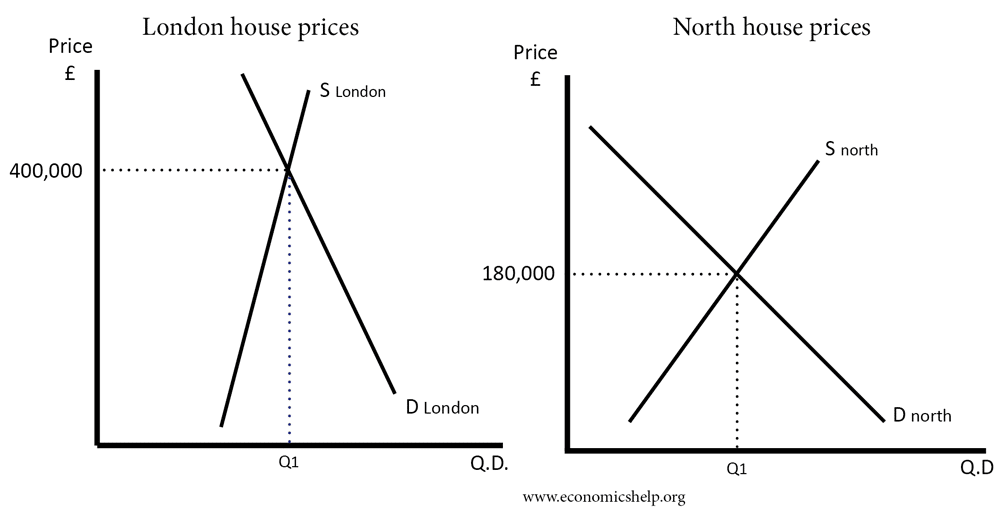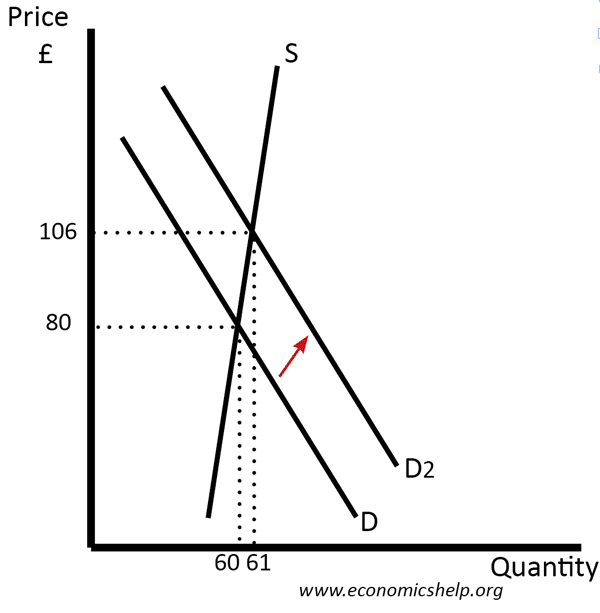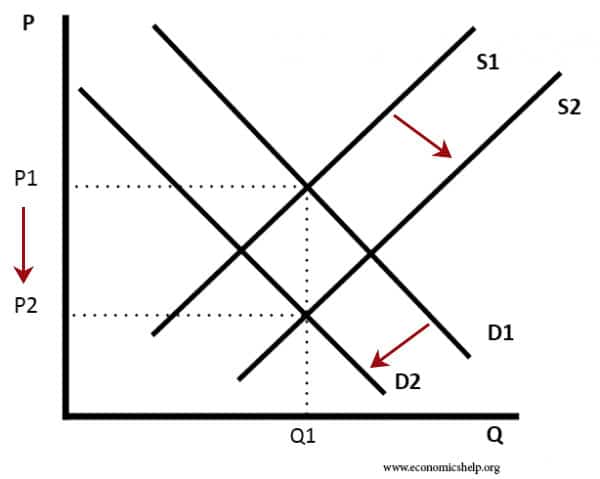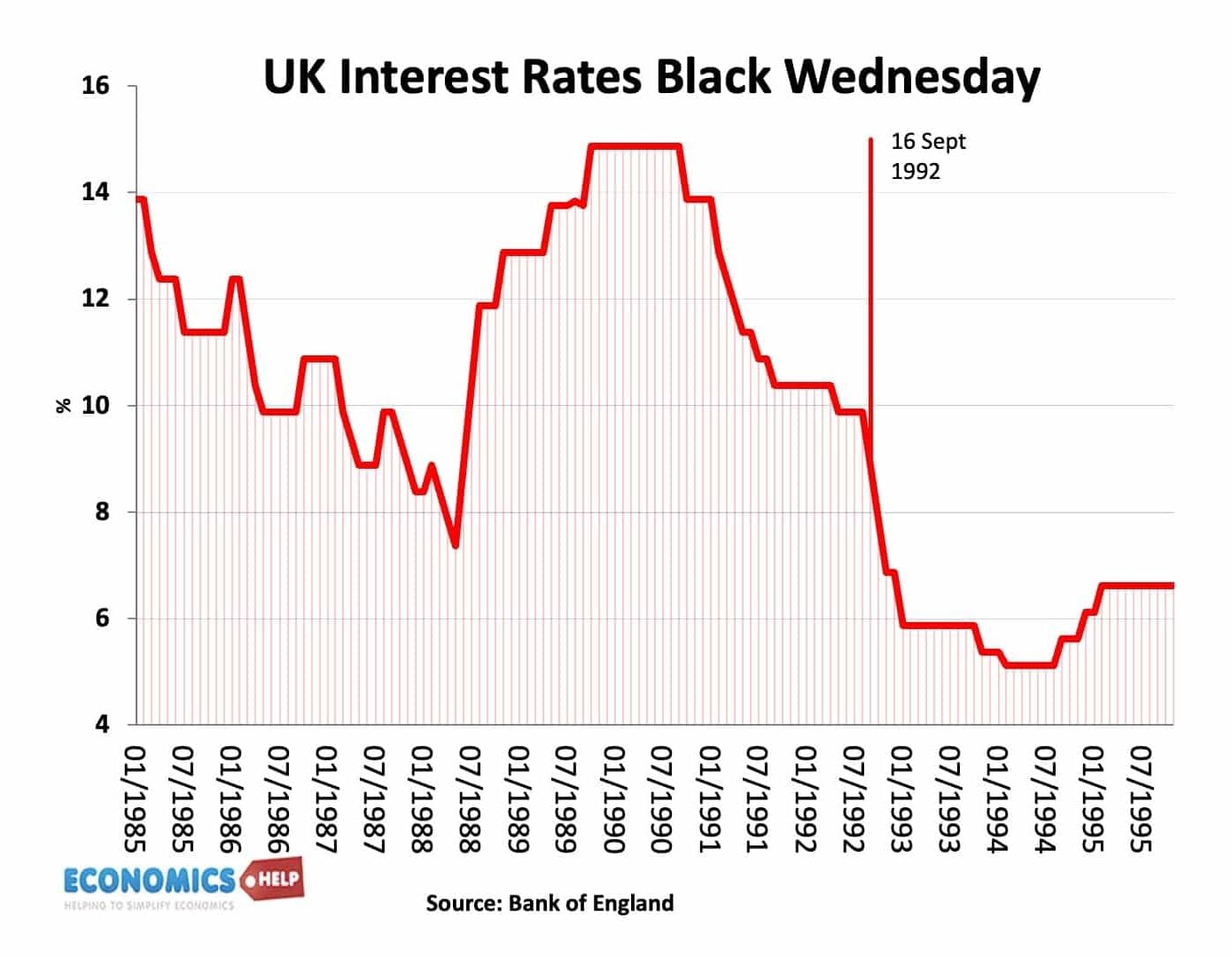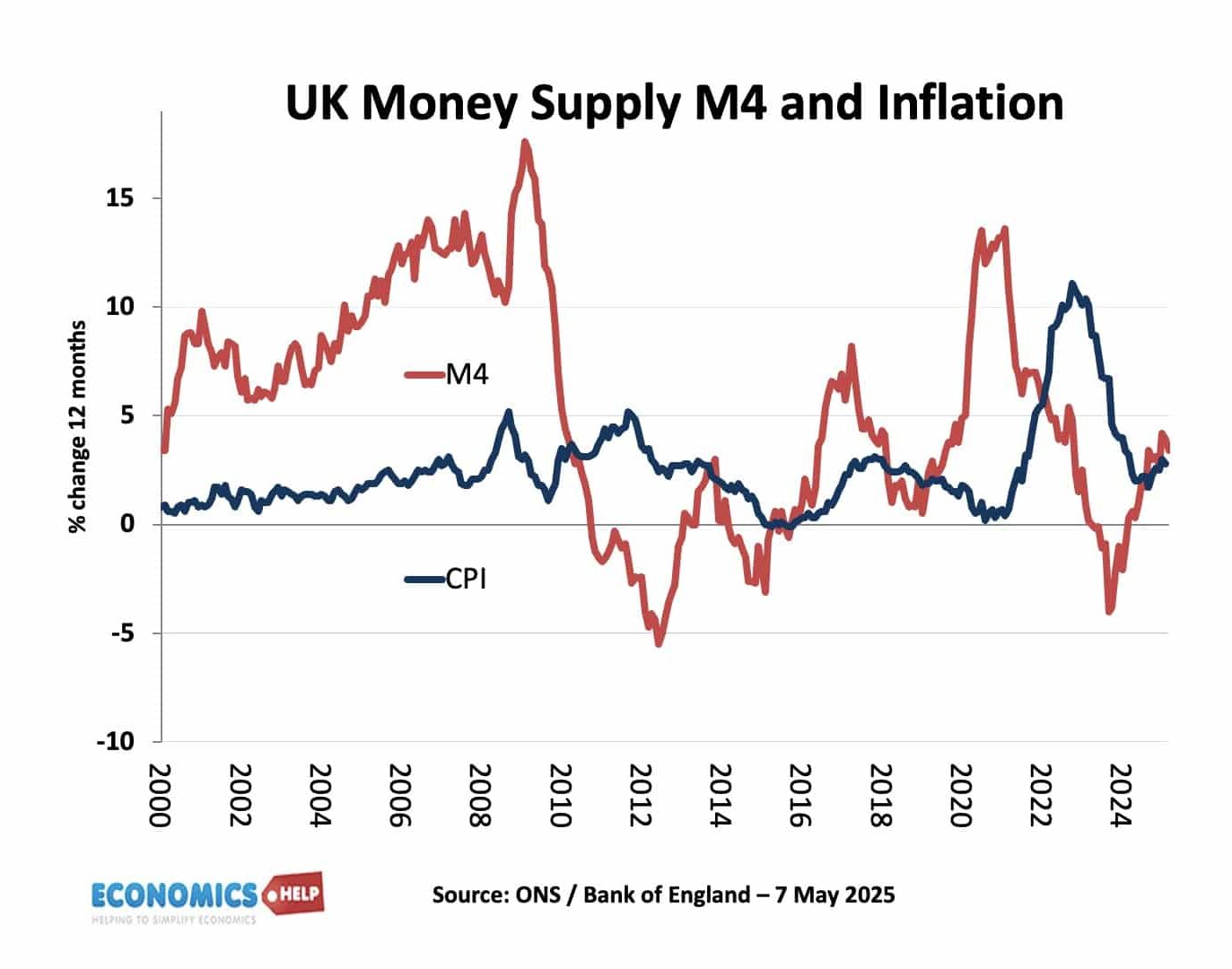Factors affecting supply and demand of housing
A look at factors affecting the demand and supply of housing. In summary. Demand-side factors 1. Affordability. Rising incomes mean that people are able to afford to spend more on housing. During periods of economic growth, demand for houses tends to rise. Also, demand for housing tends to be a luxury good. So a rise …


